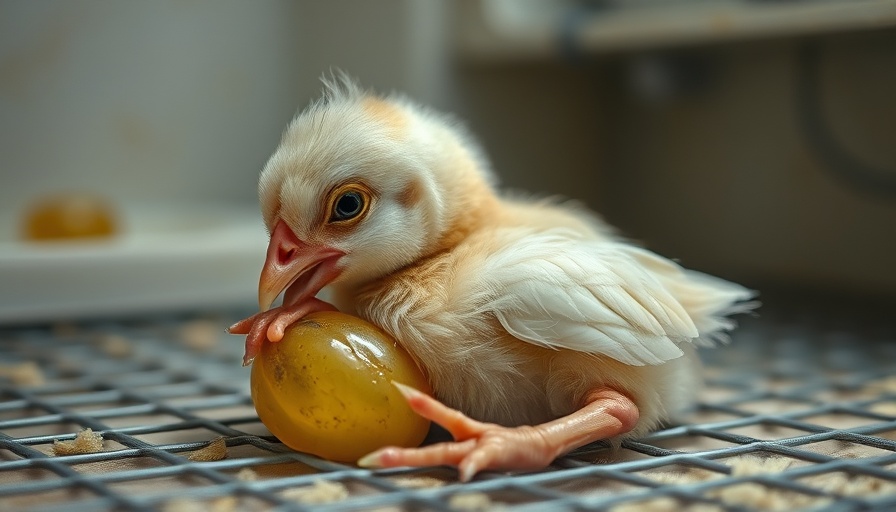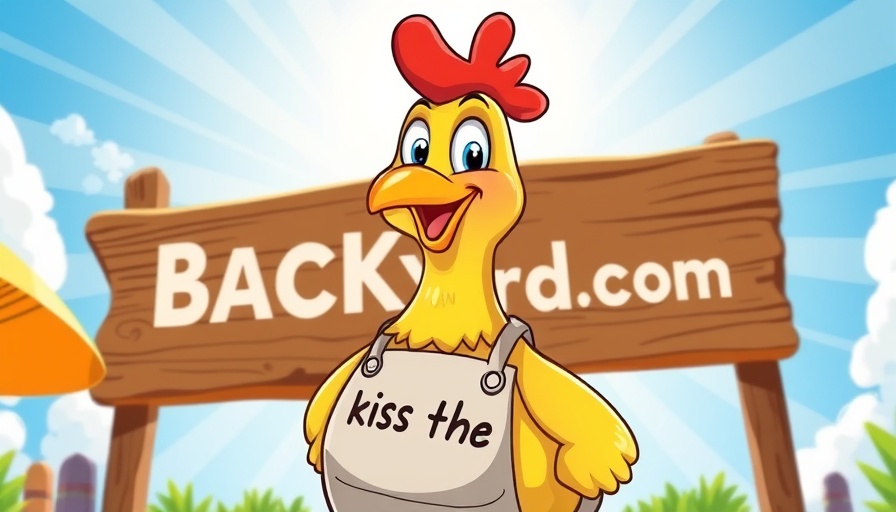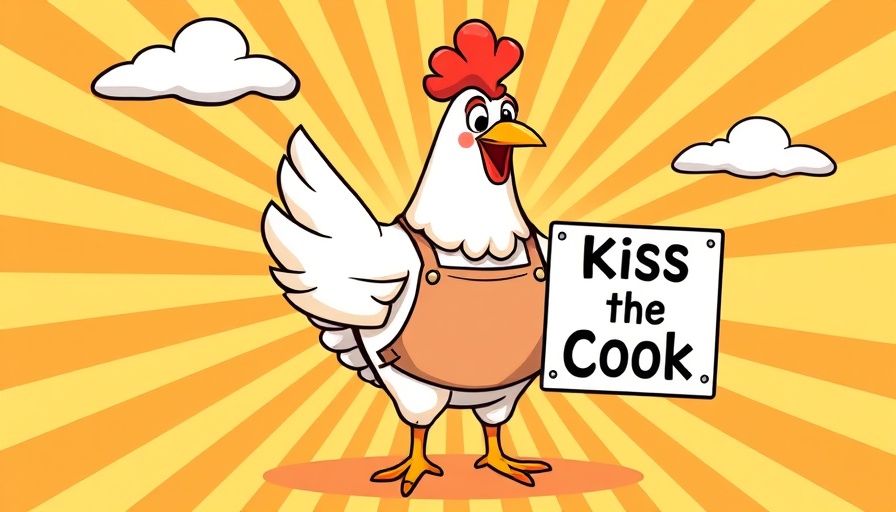
Understanding Yolk Sac Residuals in Chick Development
The case of a premature chick with a leg stuck in the yolk sac raises significant concerns for avian breeders and veterinarians alike. The yolk sac, while a crucial source of nutrition during the embryonic stage, can sometimes become problematic in chicks that hatch too early. This situation presents not only a physical challenge for the chick but also critical implications for its overall health.
Challenges Faced by Premature Chicks
When a chick begins to hatch prematurely, it may not have fully absorbed all the yolk. This leftover yolk can lead to complications like entrapment of its legs, thereby affecting its mobility and leading to potential long-term health issues. Veterinary professionals emphasize the importance of monitoring hatching conditions carefully to prevent such scenarios.
Immediate Interventions to Aid Your Chick
In cases where a chick's leg is stuck in the yolk sac, immediate veterinary intervention is recommended. Should the chick be unable to free itself, a careful examination is required to assess the viability of the chick and the best course of action. Gentle manipulation can sometimes help in freeing the leg, but it's essential that this be handled by a knowledgeable individual to avoid further injury.
Best Practices in Chicken Hatchery Management
For avian breeders, understanding the management of hatching conditions is critical. Ensuring adequate temperature and humidity levels in the incubator can significantly reduce the risk of premature hatching. Additionally, providing a nurturing environment post-hatch enhances the likelihood of a healthy start in life for new chicks.
Consultation with Veterinary Experts
Should you find yourself faced with similar challenges, seeking consultation with an experienced veterinarian specializing in avian care is indispensable. They can provide tailored advice, strategies, and techniques to guarantee the health and well-being of your flock.
 Add Row
Add Row  Add
Add 




Write A Comment